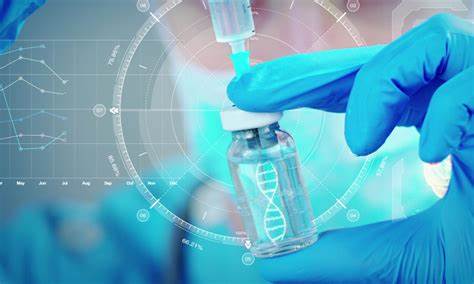Pharmacovigilance in the era of biologics and biosimilars presents unique challenges and opportunities. Here are some key aspects to consider:
1. Understanding Biologics and Biosimilars
- Biologics are complex molecules derived from living organisms, used to treat various diseases.
- Biosimilars are biologic medical products highly similar to already approved reference biologics, with no clinically meaningful differences in safety and efficacy.
2. Unique Safety Profiles
- Biologics and biosimilars often have different safety profiles compared to traditional small-molecule drugs due to their complex structures and mechanisms of action.
- Adverse events may vary based on individual patient factors, including immune responses.
3. Enhanced Surveillance Needs
- Post-Marketing Surveillance: Rigorous monitoring after approval is crucial, as adverse effects may emerge only after widespread use.
- Long-term Studies: Continuous assessment through long-term studies helps identify rare or delayed adverse effects.
4. Data Collection and Analysis
- The complexity of biologics necessitates sophisticated data collection systems, including registries and electronic health records.
- Advanced analytics and artificial intelligence can enhance signal detection and risk assessment.
5. Regulatory Framework
- Regulatory agencies like the FDA and EMA have established guidelines for the approval and monitoring of biosimilars, but ongoing pharmacovigilance remains essential.
- Post-marketing commitments may be required to further assess safety and efficacy.
6. Stakeholder Collaboration
- Collaboration among pharmaceutical companies, healthcare providers, regulators, and patients is vital for effective pharmacovigilance.
- Public engagement and education can help in reporting adverse events.
7. Global Considerations
- Variations in regulatory requirements and healthcare systems across countries can impact pharmacovigilance efforts.
- International collaboration and data sharing can strengthen global monitoring efforts.
8. Emerging Technologies
- Digital health technologies, such as mobile apps and wearables, can facilitate real-time reporting of adverse events.
- Big data and machine learning can identify trends and predict safety issues more effectively.
9. Challenges Ahead
- Ensuring patient access to biosimilars while maintaining safety monitoring is crucial.
- Balancing innovation with regulatory oversight remains a key challenge in pharmacovigilance.
Conclusion
Pharmacovigilance in the context of biologics and biosimilars is essential for ensuring patient safety. As the landscape evolves, continuous adaptation and collaboration among all stakeholders will be necessary to address the unique challenges posed by these complex therapies.
To learn more from related topics, please visit our website or newsletter at https://medipharmsolutions.com/newsletter/


No Comments